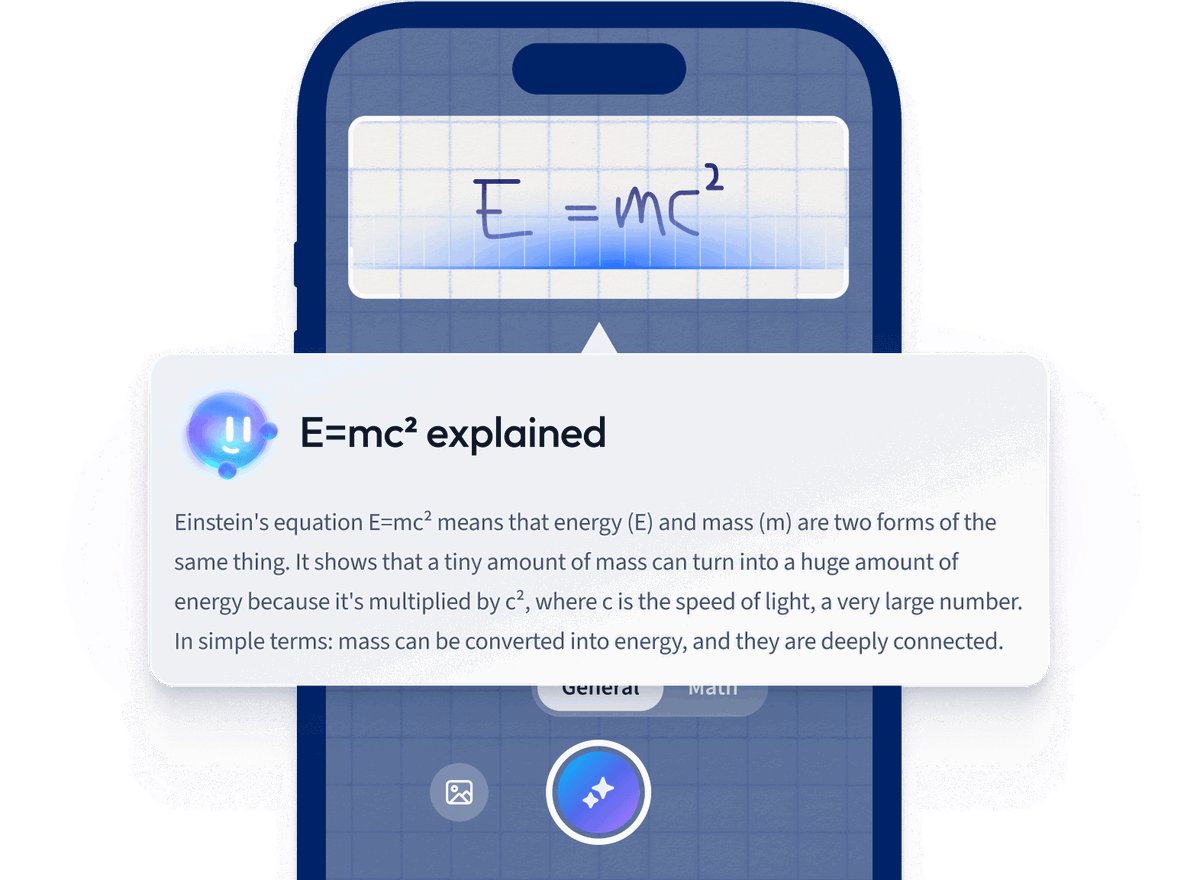What are the different types of pronouns in Italian?
In Italian, the types of pronouns include personal, possessive, demonstrative, relative, interrogative, reflexive, reciprocal, and indefinite pronouns. Each category plays a distinct role in sentences, indicating subjects, objects, possession, points of reference, relationships, or unspecified entities or quantities.
How do you use direct and indirect pronouns in Italian?
In Italian, direct pronouns replace the object directly receiving the action (e.g., lo, la, li, le), used without a preposition. Indirect pronouns replace the object indirectly receiving the action (e.g., gli, le, loro), typically used with prepositions like 'a' or 'per'. Direct pronouns are placed before the verb, whereas indirect pronouns can either precede the verb or attach to the infinitive form.
What are reflexive pronouns and how are they used in Italian?
Reflexive pronouns in Italian (mi, ti, si, ci, vi, si) are used when the subject and object of a verb are the same, indicating that the subject performs and receives the action of the verb. They often accompany reflexive verbs, like "lavarsi" (to wash oneself), to express actions done onto oneself.
How do possessive pronouns work in Italian?
In Italian, possessive pronouns (il mio, la mia, i miei, le mie, etc.) agree in gender and number with the noun they refer to and are usually preceded by the definite article. They indicate ownership and replace the noun, showing to whom or to what something belongs. For example, "il mio" means "mine" for masculine singular nouns.
What is the role of demonstrative pronouns in Italian grammar?
Demonstrative pronouns in Italian grammar are used to point out specific objects or people. They replace nouns and agree in gender and number with the nouns they refer to, essentially indicating 'this, that, these, or those' in relation to something mentioned previously.










